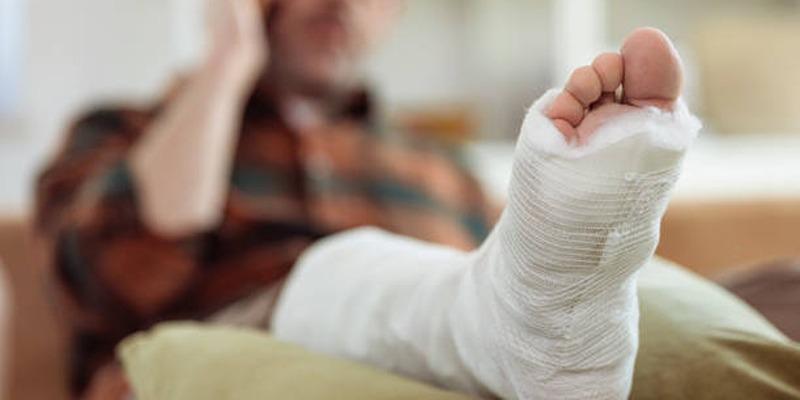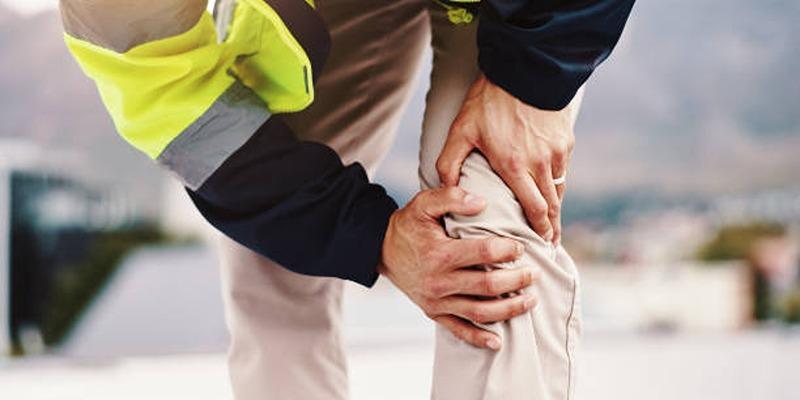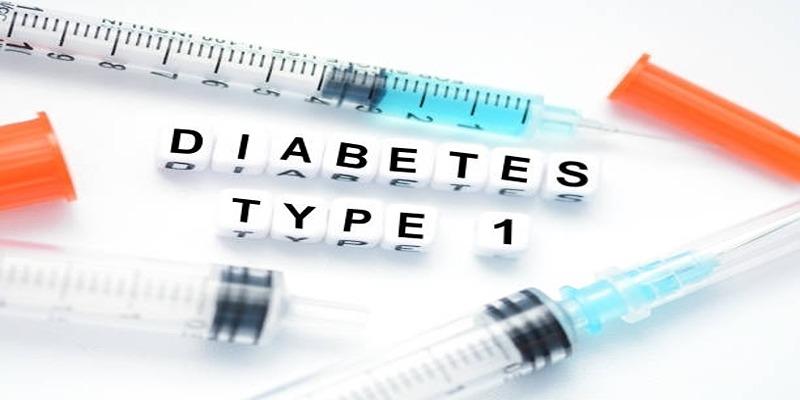We've all heard the phrase "walk it off" when it comes to injuries, but sometimes rest is the best solution. While minor bumps and bruises often heal quickly, pushing through the pain can worsen injuries, slow down recovery, or lead to more serious complications. Knowing when to pause and let your body heal is essential. This article explores when to rest, when to seek help, and when to consult a medical professional to ensure a safe and effective recovery.
Why Walking It Off Isn’t Always the Answer

Walking it off is pegged on the conception that movement aids the body to adjust and resume faster. Although this will help treat mild muscle pain or a small bump, it is not universal. Pain in most situations does not only represent a mild inconvenience, but a definitive indicator that there is more to it, something serious that has taken place.
Pain as a Natural Alarm
Pain is the built in alarm system of your body. In the event that you are hurt, nerves signal to your brain, notifying you to go slowly or to pause. When it is painful and is sharp, acute or long lasting, it tends to indicate the protection that the body is attempting to provide to itself. A walk can help get the alarm to hush up, but it will never resolve the problem.
The Hidden Dangers of Ignoring Injuries
Conditions may arise from forcing to continue move the injury after they have occurred including:
- More tissue damage
- Swelling and inflammation are increased.
- Delayed healing time
- Later loss of range of movement.
- Weakness of joint or muscles in the long run.
This is the reason why you need to know how to identify when the injury requires rest rather than additional movement.
Common Injuries You Shouldn’t Walk Off
Among the most frequent ones are the sprains and the strains, which must not be overlooked. There is a variety of situations when they need right rest and care to avoid additional losses and have full recovery.
Sprains and Strains
Ligaments that connect the bones stretch and tear, causing a sprain and muscles and tendons are affected by a strain. These injuries are commonly caused by twisting or dropping out of position when taking a stroll or landing on your ankle during sports. When the swelling, bruising, or severe pain begins rapidly, then it is not safe to walk off. Much better responses include, rest, ice and compression.
Fractures
Other times the fractures are apparent, and through observable distortions or movement. In other occasions, they may appear as a bruise. When you are not able to place weight on the area, experience sharp pain that becomes even worse with motion, or observe even swelling that does not go down, you fall into the category of situations not to walk off. Early treatment of the bones is essential in ensuring that the bones heal well.
Back and Neck Injuries
Back and neck pain is misleading. An abrupt turning or stumbling may not cause too much immediate damage but may result in nerve squeezing or permanent hardening. Such injuries can aggravate a situation when walking around. WBS be aware of pain around the back or neck, but particularly when it expands into the arms or the legs.
Head Injuries
A head knock might look like a trifle but symptoms might be observed in later stages. In the event that you meet your head have become dizzy, confused, too tired, do not try to act as nothing has happened. In this case, it is not always the case that what has been harmed is obvious outside and, therefore, walking it off may be dangerous.
Warning Signs You Should Never Ignore
When an irregularity occurs with the body, it tends to inform you in most times, and you should not be blind to them. It is important to realize these warning signs at the age of young and be able to take a huge bit in treating major health related issues.
Severe or Lasting Pain
The pain that fails to ease off after rest of several minutes cannot be overlooked. When the pain grows as you move or the ache persists several hours, then your body is talking to you to cease.
Swelling and Bruising
The body responds to injury by fighting back by swelling of the injured tissues. When it comes slowly or flies around, then that is an indicator of other than a mere knock. Deep bruising will also indicate that blood vessels are broken.
Numbness or Tingling
Nerve involvement can be signaled by a tingling or burning sensation. When you experience it in your arms, legs, and toes after an injury, then walking on this risk cannot be done.
Hearing a Pop or Snap
Experiencing or hearing a pop when injured usually indicates that somebody has injured a ligament, tendon or bone. Such injuries need not be walked off.
How to Respond the Right Way
In the case of a serious injury, immediate information processing to prevent additional injuries and promote recovery can help. One needs to keep him/herself composed and implement calculated action towards bearing out the situation.
Step 1: Rest
Farrest rest is the most important step. Move your limbs or body and leave the injured part to take some time to rest. Even a respite will avert additional damage.
Step 2: Ice
Cold pack can be used to twice a day to 1520 minutes of swelling and numb pain. It is preferable wrapping the ice rather than touching the ice to the skin.
Step 3: Compression
An injury can be gently supported with a soft bandage that will ensure that it does not swell. This must be tightly fitted without being too tight to suffocation.
Step 4: Elevation
Raising it is useful: making the level of the broken part higher than the level of the heart, drains the fluids and avoid any excessive swelling.
Step 5: Consult Healthcare as required
Whether the symptoms have not improved or because you detected warning signs, such as deformity, extreme pain or tingling the best option is to seek medical assistance.
Why Walking It Off Can Delay Healing
Early walking will lead to a strain on the healing tissues. Rather than transporting themselves back together in a seamless manner the damaged fibers could form scar tissue. This fibroscural tissue is capable of inducing future stiffness and limit flexibility. When one gets ample rest, recovery is enhanced and exposure to re-injuries is reduced.
Preventing Injuries in Daily Life

Injuring can be prevented by getting into safer habits, as well as attentive changes in your everyday routine. Through proper posture, activity/exercise, and listening to the body, there is the ability to decrease the prevention of strains, sprains and other type of frequent injury.
- Warm Up and Stretch: Warming-up joints and muscles before exercise or heavy work decreases the possibility of strain.
- Wear Supportive Gear: Protective pads, supportive braces, or good shoes reduce the potential of accidents.
- Inspect Several Things: Simple but harmful injuries are often caused by slippy floors, uneven surfaces or crowded areas.
- Listen to Your Body: When your body is fatigued, sore or unsteady then continue to push further exposes you to the danger of being injured. Breathe and slow the pace.
Conclusion
The common "walk it off" might be applicable when it comes to very small pangs but this is not a universal formula. Pain, swelling, numbness or lack of movement are the obvious indications that your body demands resometimes and some care. When you listen to these signals, take correct steps in the rebuilding process at the outset, and refer to help when you need it, you will eliminate the injury in the long term and help to recover it completely. Your body is created to cure and only time giving you the opportunity will cure it.












